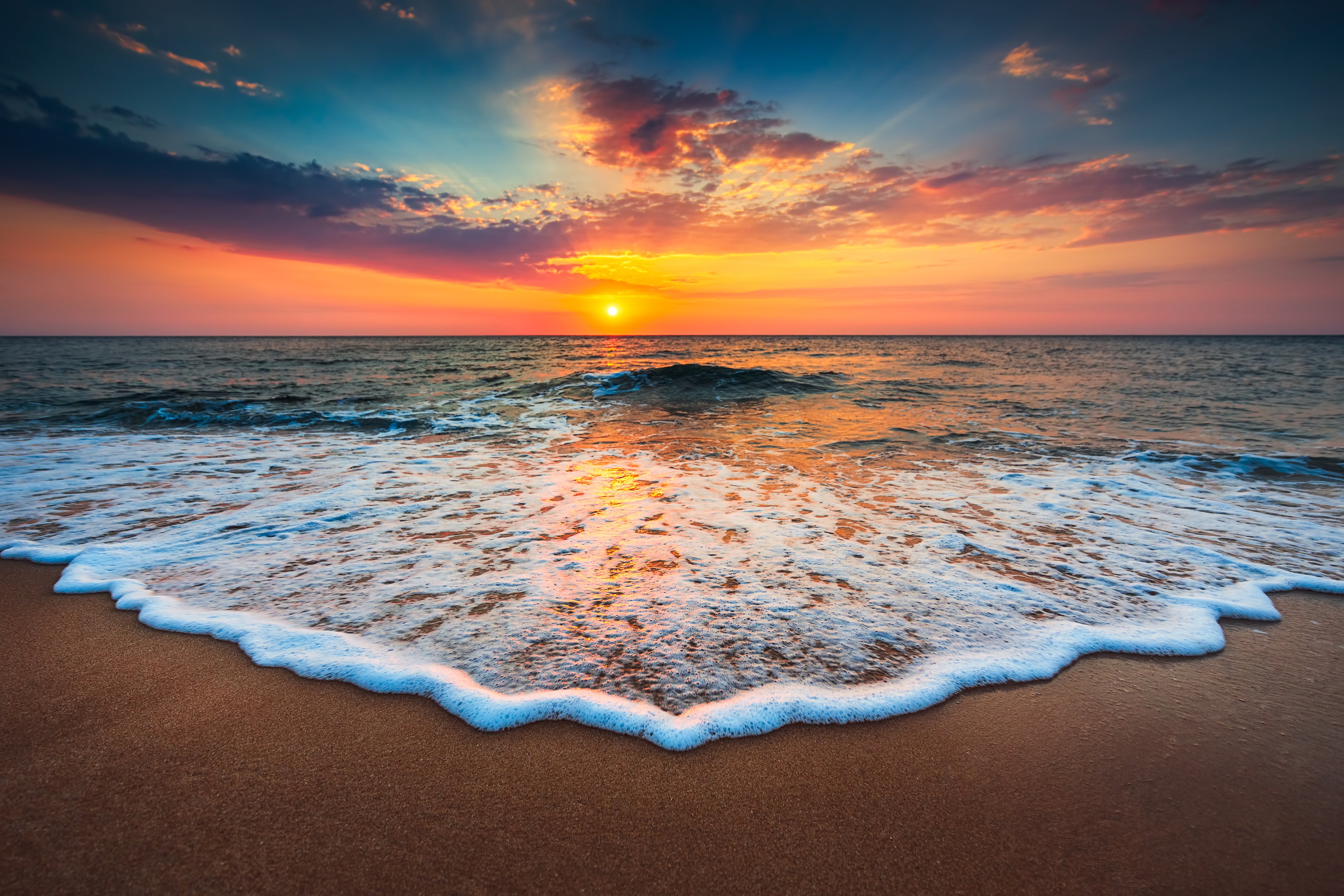Why is the sea salty and can volcanoes damage the ozone layer?
We explore some of the curious questions that science can answer

Why is the sea salty?
The early oceans were probably not salty. Erosion of local rocks, by rivers which flowed into them, provided the salts. All fresh water in rivers contains traces of salts and minerals, but these get concentrated in the oceans because they are left behind when water evaporates (to form clouds). This water falls as rain which eventually washes more minerals into the sea.
But if you measure the sea’s salt content now, and work out how salty it should have been after billions of years of minerals being washed into it, it is much less salty than expected. Someone tried to calculate the age of the Earth from how salty the seas were and got a figure close to 5,000 years – so something else is happening.
Why is there a greater loss of ozone over the South Pole compared to the North Pole?
The increased ozone loss over the South Pole is due to the atmospheric conditions over the region. The large land mass of Antarctica sets up a polar vortex, which leads to a trapping of the chlorofluorocarbon molecules (CFCs) in that region of the atmosphere. When the southern polar spring comes and the sun shines again, the solar radiation breaks down the CFCs, releasing radicals (highly reactive atoms and molecules) that destroy the ozone. Hence the greatest ozone loss occurs in only a few weeks around the beginning of the polar spring. Over the North Pole, such a vortex cannot occur as the land surface is too small; so there is not such a build-up of CFCs. The northern regions still suffer an ozone loss, but it is less dramatic.
Is it true that the temperature suddenly drops just after dawn?
It is true that the coldest time of day is just after dawn. During the night, the temperature steadily falls as the ground loses heat, which is not replaced by the Sun’s rays. Even just after the Sun rises, the rate at which the ground loses heat is still greater than the rate at which the Sun is heating the ground, so the coldest time of day is just after sunrise.
How fast can volcanic lava flow?
The speed depends on the composition of the lava, the steepness of the hill it is flowing down, and how fast it is erupting. In general, lava flows faster the closer it is to the volcano and the nearer it is to the centre of the flow itself. The edges are more exposed to the air, and so they dry out more quickly.
How do we know what is inside the Earth?
It is not possible to go down far enough to reach the really interesting bits of the underworld because it gets too hot. To understand the centre of the Earth, the core, we have to use shock waves, like those that travel through the Earth after earthquakes. These show the different densities of the rocks below which gives us a clue to what they are.
Can volcanoes damage the ozone layer?
Yes, but it depends on the type of material extruded. The greater the quantity of gases capable of breaking down ozone, the greater the damage will be. Large volcanic eruptions produce a high column, transporting gases and particulate matter high into the atmosphere. Here it may linger for some time, and harm the ozone layer.
Join our commenting forum
Join thought-provoking conversations, follow other Independent readers and see their replies
Comments
Bookmark popover
Removed from bookmarks